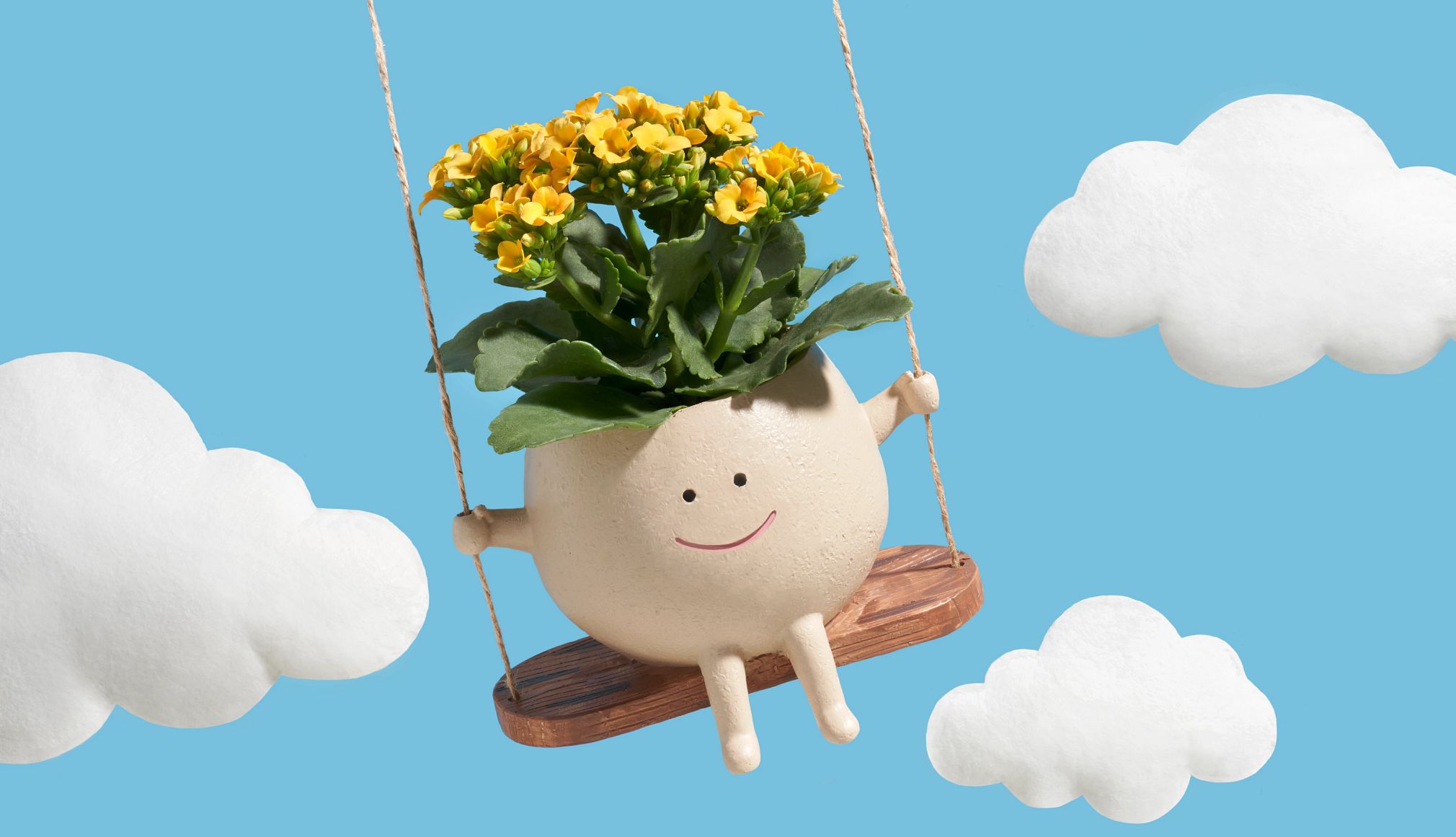AARP Hearing Center


If you’re on the hunt for more joy in your life, it could take just minutes a day to find it, a new study finds.
People who took five to 10 minutes a day to practice something that made them happy reported feeling more positive, had better emotional well-being and felt more able to take charge of their happiness than those who didn’t take the time. The online program lowered stress and improved their physical health and sleep quality, too, according to the study published June 4 in the Journal of Medical Internet Research.
If you have enough micro-moments of joy, you tend to see yourself as happy, says Darwin Guevarra, the study’s first author and an assistant professor of psychology at Miami University in Ohio.
Because people age 60 and older tend to have a higher baseline of happiness than younger people, they may not see a dramatic increase from doing the activities, Guevarra says, but practicing them can still support better mental health.
Evaluating small bursts of joy
From 2022 to 2024, a team tested their web-based well-being program, the Big Joy Project, on 17,598 participants worldwide for seven days. The average age of participants was 54.
Each day, participants were asked about their levels of delight, pride, hope, distress, sadness and anger. Then they did one of the following activities each day in a randomized order. See the study prompts below, along with some suggestions on how to easily work these into your day.
1. Share with friends
Ask another person to share a fun, inspiring or proud moment.
This is a good way to glean positive emotions without having to dig into your own. Asking a pal to share gives you an opportunity to connect with them, furthering social connections that are so important for older adults. According to a 2022 report in the Journal of Personality and Social Psychology: Interpersonal Relations and Group Processes, you can do your pal some good mentally, too, just by reaching out to them.
2. Let it go
Write about a recent time when you felt frustrated, upset or anxious. Then note three positive things that came from the negative experience.
This exercise can drive you to release something negative and replace it with a positive. Focusing on the positive can boost mental and physical health.
3. Share your wealth
Think of five people you may interact with today. Choose one thing you can do to brighten their day.
This exercise takes the focus off what you need or want, while giving you an opportunity to intentionally interact with others (there’s that social connection again). Research shows that helping others is one way to boost happiness.




































































More From AARP
Does Medicare Cover Mental Health?
Yes, and at the same payment rates as other health care
Mental Health Trends for People 50-Plus
New report analyzes data from millions of AmericansLife Lessons I Learned From ‘Jaws’
How a movie about a killer shark taught me to age with confidence